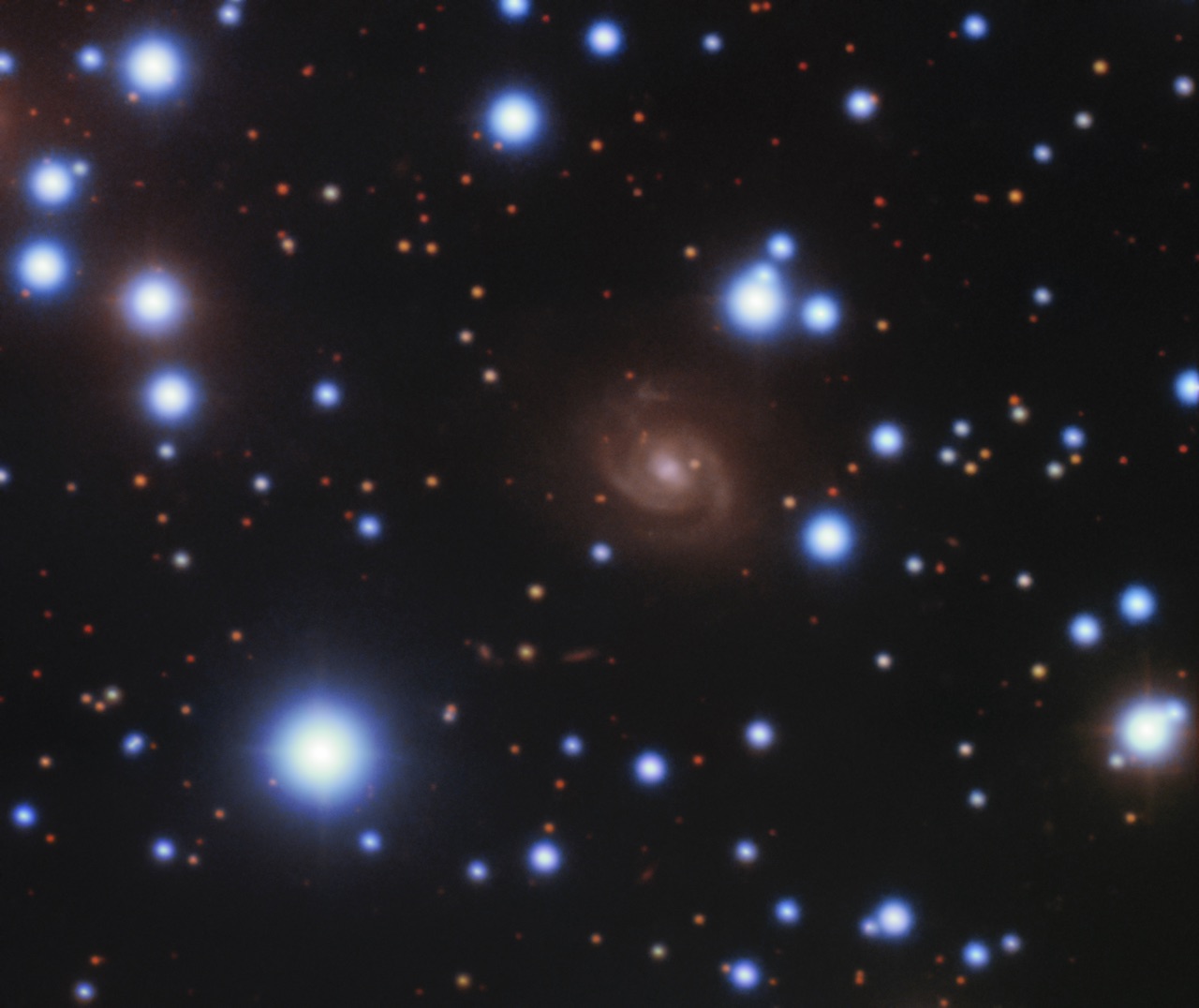
Strange signals are bombarding our planet from distant locations. First discovered in 2007, fast radio bursts (FRB) are radio pulses which range between a fraction of a millisecond and a few milliseconds in length and which originate from distant galaxies. More than 100 such FRBs have been detected since then, with irregular patterns coming from all directions of the sky.
But now, these signals have become even more mysterious. Astronomers have detected a regular, repeating FRB, showing that their assumptions about the origin of these pulses may be incorrect.
The FRB in question, named FRB 180916.J0158+65, repeats its patterns every 16.35 days. For the first few days, it sends out a burst every hour or so. Then, for 12 days, it does not send out any bursts. Then the pattern begins again. It is only the second repeating FRB ever discovered.
Using data on the FRB collected by the Canadian Hydrogen Intensity Mapping Experiment (CHIME) radio telescope array and the Gemini North telescope, astronomers were able to pinpoint the origin of the bursts as a point 500 million light-years from Earth.
“This is the closest FRB to Earth ever localized,” Benito Marcote, of the Joint Institute for VLBI European Research Infrastructure Consortium and a lead author of the Nature paper, said in a statement. “Surprisingly, it was found in an environment radically different from that of the previous four localized FRBs — an environment that challenges our ideas of what the source of these bursts could be.”
Previously, astronomers thought that repeating bursts were created in star-forming regions within dwarf galaxies, while non-repeating FRBs were entirely different phenomena and came from massive galaxies without star formation. However, the new findings located the origin of the repeating FRB in a non-dwarf galaxy, so these assumptions must be incorrect.
“We used the cameras and spectrographs on the Gemini North telescope to image the faint structures of the host galaxy where the FRB resides, measure its distance, and analyze its chemical composition,” Shriharsh Tendulkar, a postdoctoral fellow at McGill University in Montreal, Canada, who led the observations and data analysis, said. “These observations showed that the FRB originates in a spiral arm of the galaxy, in a region which is rapidly forming stars.”
This difference in origin, as well as its repeating nature, is what makes this FRB so special. “This object’s location is radically different from that of not only the previously located repeating FRB, but also all previously studied FRBs,” Kenzie Nimmo, a Ph.D. student at the University of Amsterdam and lead author of the paper, said. “This blurs the differences between repeating and non-repeating fast radio bursts. It may be that FRBs are produced in a large zoo of locations across the universe and just require some specific conditions to be visible.”
To understand more about these strange phenomena, the researchers say they intend to perform more studies in which particular galactic conditions cause the FRBs to occur. They will start by searching out more FRBs, both repeating and non-repeating, then follow them back to their origin points and attempt to discern their cause.
Editors' Recommendations
- Strange radio burst discovered in Milky Way for first time, source identified
- Strange radio bursts shed light on mysterious galactic halos




